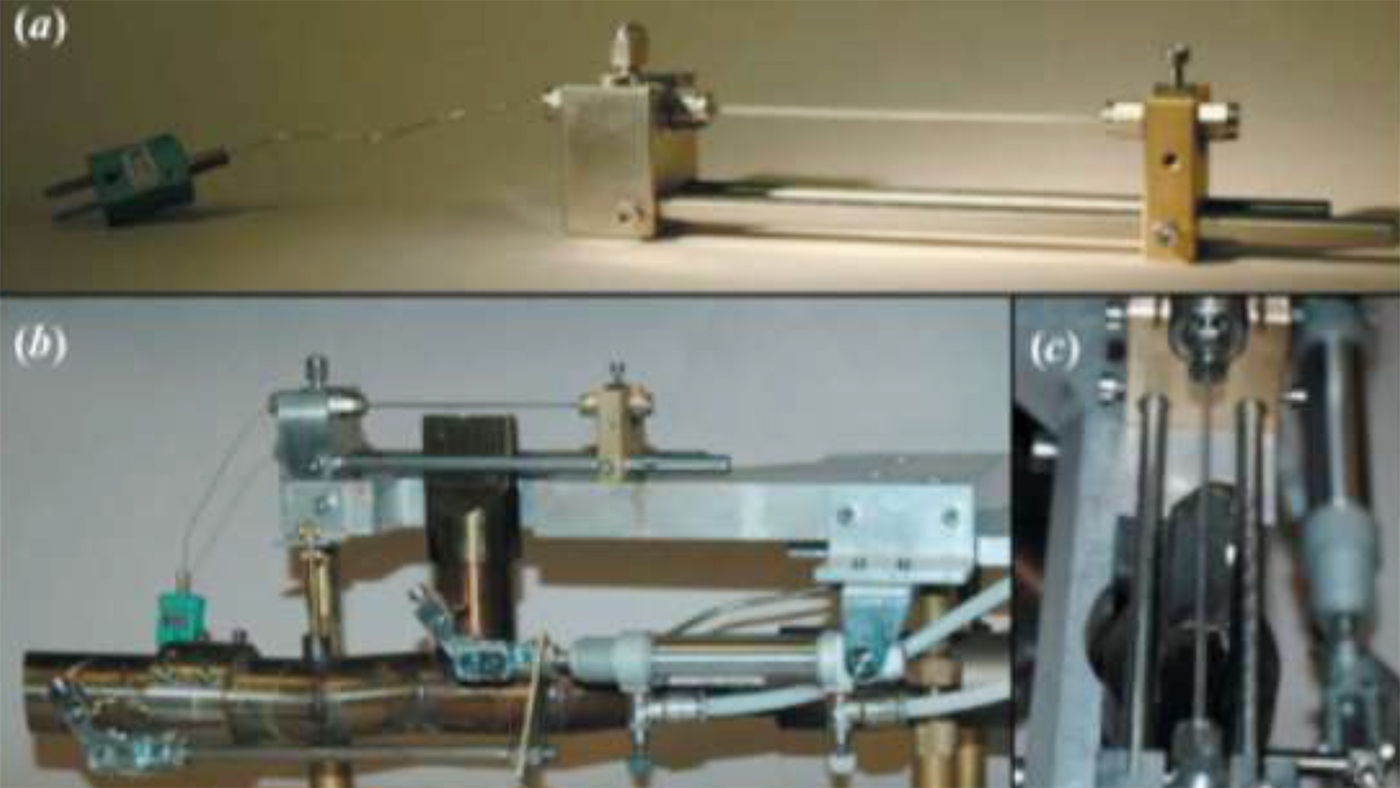Solvothermal capillary reactor
A capillary reactor designed for in situ studies of solvothermal reactions has been used to study High Entropy Alloys (HEA) in nanoparticle form for catalytic reactions.

Description
Capillary reactor designed for in situ studies of solvothermal reactions. The reactor consists of a 0.7 mm fused silica capillary connected to a HPLC pump and sealed to withstand pressures up to 250 bar. A hot air blower supplies heating up to 700°C (can be used separately). The setup is contained within plexiglass shielding (splash box) to contain potential chemical spills.
For further information see the P21.1 Sample environment webpage and the article J. Becker et al. (2010) J. Appl. Cryst., Vol.43, p.729–736.
Nano-particle reactions of high entropy alloys
Broge et al. studied High Entropy Alloys (HEA), in nanoparticle form, for catalytic reactions. The scattering of different HEA nanocatalysts under different temperature conditions were measured, where the temperature was increased stepwise up to 450 °C. Evolution of crystalline phases was analyzed in terms of unit cell and average crystallite size (extracted from peak broadening). Pair Distribution Function (PDF) of the dissolved precursors was acquired, which enabled characterisation of average atomic distances of the precursors molecules.
Experiments were performed at the Swedish Materials Science beamline, P21.1 branch.
For more information about this research see: N.L.N. Broge, M. Bondesgaard, F. Søndergaard-Pedersen, M. Roelsgaard, B.B. Iversen, Autocatalytic Formation of High-Entropy Alloy Nanoparticles, Angewandte Chemie International Edition. 59 (2020) 21920–21924. doi.org/10.1002/anie.202009002



